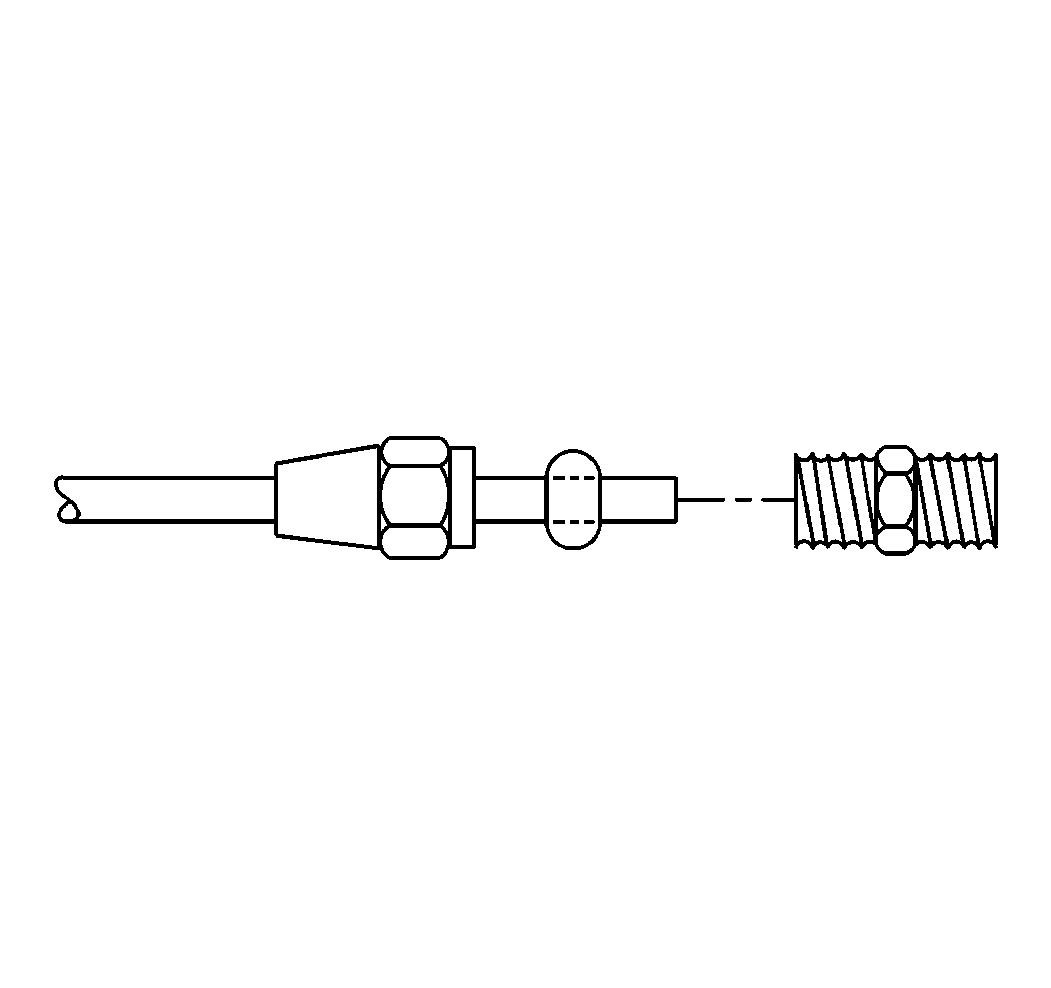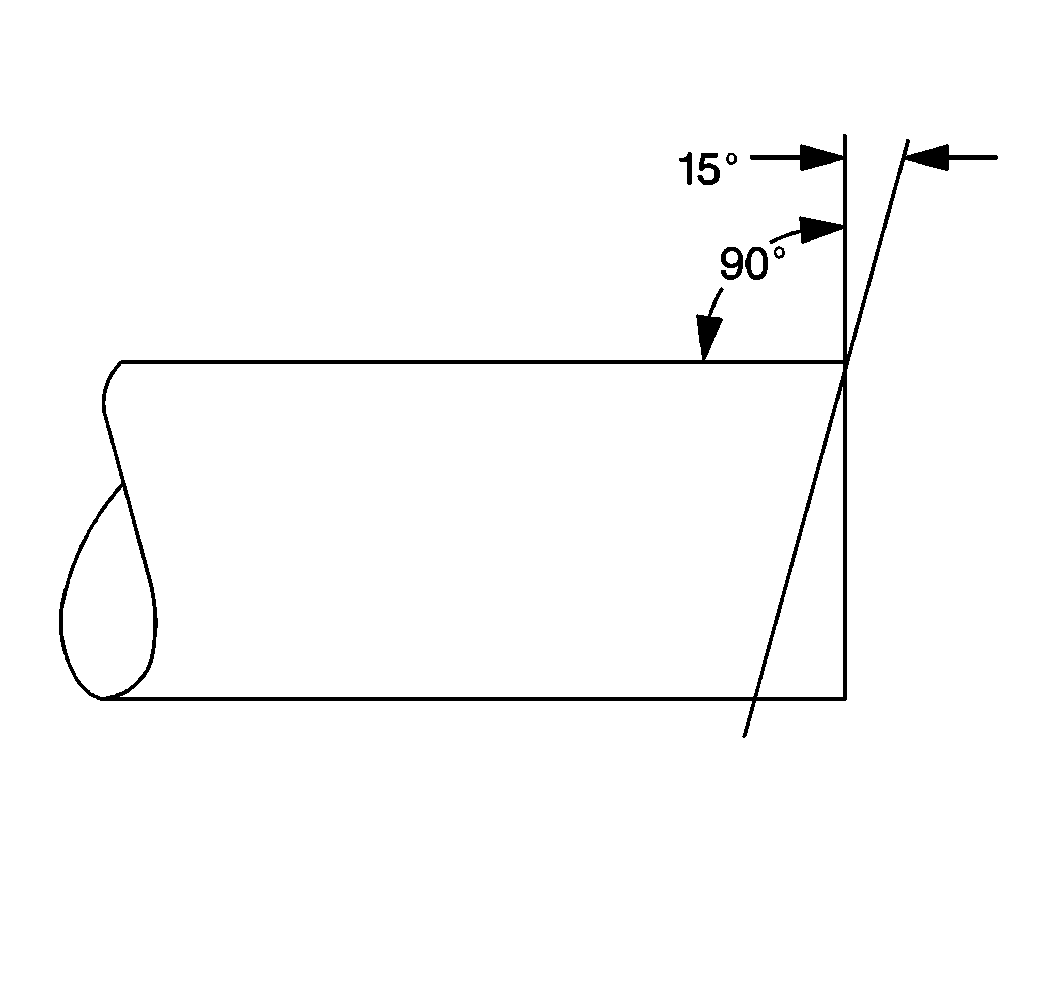For 1990-2009 cars only
Removal Procedure
- Apply the parking brake.
- Block the wheels.
- Remove the exhaust air from the lines. Refer to Draining Reservoirs .
- Remove the clips or the tubing clamps.
- Remove the air line.
- Remove the tube nuts from each fitting.
- Remove the compression ring from the tube.
- Clean the fittings and the tube nuts with a clean cloth.
- Inspect the fittings and the tube nuts for nicks, burrs, and wear spots. Replace the fittings as needed.
- Cut the tube squarely at each end the same length as the old tube. Shape the metal tube to match the old one.
- Assemble the tube nut on the new tube.
- Assemble the compression ring on the tube.
- Assemble the fitting and the tube.

Notice: When replacing tubing, make sure that the tubing is free of burrs, cuttings, and dirt. While wearing safety glasses, use compressed air to blow out contaminants. Contaminants can destroy the air brake valve sealants.
Notice: Nylon air line should be used to replace existing nylon lines only. Do not route nylon air lines in areas where temperatures could exceed 93°C (200°F). Damage to the nylon lines could occur.
Important: Do not use flared-type fittings in the air brake system. When replacing the air lines, use the end fitting kits to make new air line assemblies. Special tools are not required.

Important: Check that the tubing is completely inserted into the fitting.
Installation Procedure
- Install the air line.
- Install the clips or the tubing clamps.
- Start the engine.
- Charge the system air pressure to the governor cut-out point.
- Stop the engine.
- Check for leaks using a soap solution.
- Check for proper brake operation.
- Remove the wheel blocks.

Leaks are not permissible.
